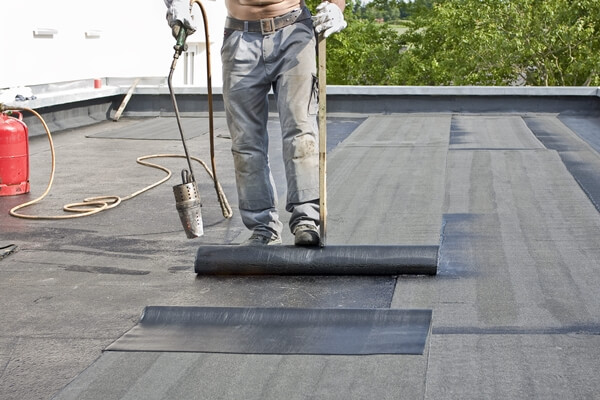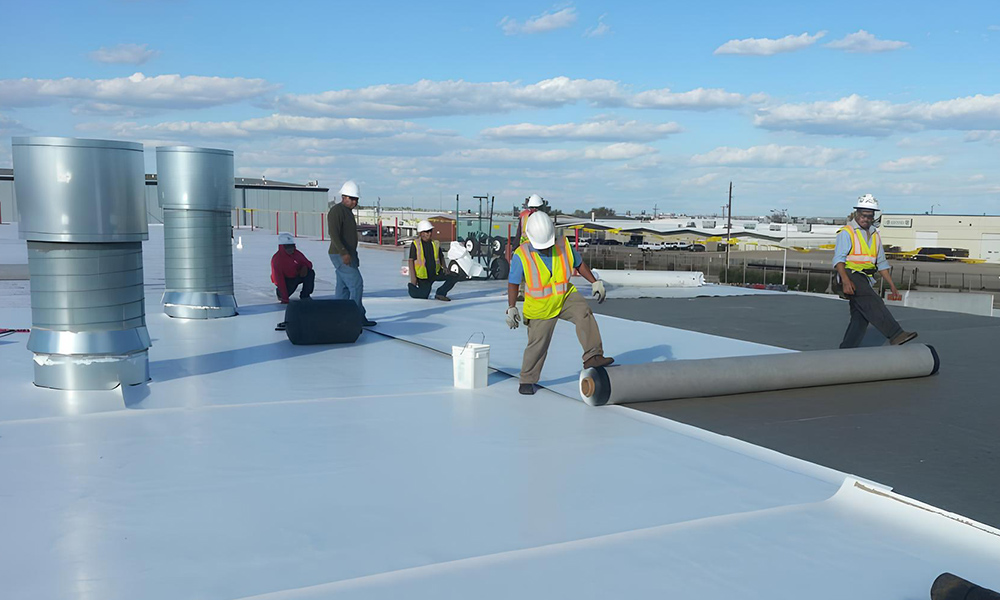Behind every cracked ceiling and water-stained wall lies an untold story of neglect, where homeowners discovered too late that roof waterproofing services aren’t luxury maintenance—they’re the invisible guardians standing between family sanctuaries and environmental devastation. In the humid embrace of tropical climates, where water moves like a living thing through the smallest gaps, these protective measures become the difference between homes that endure and structures that slowly surrender to nature’s relentless advance.
The Weight of Water: Understanding the Stakes
Water damage doesn’t announce itself with fanfare. It creeps through hairline cracks, seeps around loose flashings, and pools in forgotten corners where membrane protection has failed. By the time homeowners notice the telltale signs—discoloured patches spreading across bedroom ceilings, the musty smell that signals hidden mould growth, or the sudden appearance of buckets strategically placed to catch drips—the damage often extends far beyond what the eye can see.
In Singapore’s challenging climate, where professional roof washing and facade cleaning should be done at least once a year, ideally before the monsoon season, the battle against water intrusion becomes an annual ritual of preparation and vigilance. This preventive approach acknowledges a fundamental truth: water will always find its way in unless actively discouraged by properly maintained protective barriers.
Singapore’s Waterproofing Wisdom: Lessons from the Tropics
Singapore’s relationship with water has taught its residents hard-won lessons about protection and prevention. With annual rainfall exceeding 2,300mm, the island nation has become an unwitting laboratory for residential waterproofing innovation. Here, homeowners don’t merely hope their roofs will hold—they invest in professional waterproofing solutions with the understanding that failure means facing nature’s full fury without adequate defence.
The statistics tell a sobering story: professional roof waterproofing typically lasts between 5-10 years in Singapore’s tropical climate, with torch-on membranes lasting up to 10 years, whilst liquid applied systems generally last 5-7 years. These timeframes aren’t suggestions—they’re lifelines that determine when families must choose between proactive protection and reactive crisis management.
The Science of Shelter: Modern Waterproofing Technologies
Today’s roof waterproofing specialists deploy an arsenal of technologies that would astound previous generations. Each solution represents decades of materials science advancement, engineered to address specific vulnerabilities that tropical climates expose:
- Elastomeric membrane systems that stretch and contract with temperature fluctuations, maintaining seal integrity through seasonal extremes
- Self-healing waterproofing compounds that automatically repair minor punctures and cracks before they become major failure points
- Vapour-permeable barriers that allow buildings to breathe whilst preventing liquid water intrusion
- Cool membrane technologies that reflect solar radiation whilst maintaining waterproof integrity
- Hybrid application systems combining multiple protection layers for enhanced durability

Cool roofs can reduce energy consumption by up to 15% in tropical climates, transforming waterproofing installation from mere protection into an active environmental contribution. This dual benefit reflects the evolution of building science toward solutions that serve both immediate shelter needs and broader sustainability goals.
The Early Warning System: Recognising Waterproofing Failure
Professional waterproofing assessment requires trained eyes to interpret subtle signals that buildings send when protective systems begin failing. Warning signs include:
- Small stains near ceiling corners or window frames
- Barely perceptible smell of dampness in closed rooms
- Discoloured patches spreading across interior surfaces
- Visible mould growth in corners or along walls
- Peeling paint or wallpaper near water-prone areas
Regular maintenance and inspections every 4-5 years help prevent water damage and extend waterproofing lifespan up to 10 years, creating predictable maintenance cycles that allow homeowners to budget for protection rather than emergency repairs.
The Human Cost of Delayed Action
Waterproofing failure creates cascading consequences that extend far beyond structural damage:
- Families forced to relocate during extensive repairs
- Health impacts from mould exposure, particularly affecting elderly residents and children
- Loss of irreplaceable personal belongings—photographs, heirlooms, children’s artwork
- Emergency repairs cost three to five times more than preventive maintenance
- The emotional toll of watching family sanctuaries become uninhabitable during monsoon seasons
The financial mathematics prove stark, but the true cost lies in the disruption to family life and the irreversible loss of precious memories that no insurance policy can adequately address.
The Professional Advantage: Why Expertise Matters
While DIY waterproofing products exist, tropical climate protection demands professional expertise for several critical reasons:
- Understanding material interactions with Singapore’s unique environmental conditions
- Managing humidity, temperature fluctuations, and intense UV exposure challenges
- Ensuring integration with existing drainage systems and ventilation requirements
- Accounting for structural movement patterns that affect long-term performance
- Providing comprehensive solutions that treat buildings as complete ecosystems
Professional installation transforms waterproofing from isolated repairs into holistic building protection systems.
Climate Reality: Adapting to Intensifying Weather Patterns
As climate patterns intensify, traditional residential protection requires updating. Singapore’s building standards evolve to address severe weather events, with professional waterproofing contractors required to use materials meeting BCA standards that reflect current realities.
Future waterproofing technology features smart systems monitoring performance and alerting homeowners to problems before emergencies. Integrated sensors and self-diagnostic membranes transform waterproofing from reactive maintenance into proactive building healthcare.
Investment in Peace of Mind
Quality waterproofing represents more than building maintenance—it’s an investment in family security and property value preservation. Professional waterproofing solutions provide confidence that homes remain safe havens regardless of weather patterns.
In our era of climate uncertainty, the choice isn’t whether waterproofing problems will arise, but whether families face them with preparation or scramble for emergency solutions. For those who understand that security comes from proactive preparation, investing in professional roof waterproofing services represents essential family stewardship.





